Let’s Talk About Weekly Plans in Soccer
This is a supplemental post to eBook – Balancing Physical & Tactical Load in Soccer.
An appropriate balance between training stimuli and recovery is the key element for success when practitioners working in soccer design a weekly plan. Then, the challenge is to also find the balance between physical and tactical load. We have attempted to answer to this question through the eBook “Balancing Physical & Tactical Load in Soccer” with our philosophy and vision behind this. At the end of the book we presented a typical weekly plan with one game per week adapted from tactical periodisation. To be honest, we have received positive feedback to an unexpected extent (which of course makes us happy). However, we have received a lot of concerns and questions regarding the different day types and their content. That’s the reason we decided to put together this small blog post in order to clarify or –better– further analyse a weekly plan with different scenarios: a) one game per week (normal structure), b) one game per week (recovery alternative), c) one game per week (MD-2 modification) and d) two games per week (normal structure)
Before going any further, it is essential to refresh on the most important parameters when designing a weekly plan. As it is explained in detail in the eBook, practitioners have to consider four important elements when designing their weekly plans (figure 1):
- The style of play, or Game Model of a team (formation, game plan, team tactics). To sum up with few words: we simply train as we play. This has to be center and front in a coach’s perception of how proper training planning should be executed. The Game Model and its principles have to be clear and laid out from the beginning.
- The physical capacity or Physiological factors (effective playing time, positions, experience of the players, ESD target). Next step is to create our team’s physical profile. In order to achieve this, game physical performance could be a fundamental element to start with; in order to help coaches adjusting their training prescription and their tactical game model. Again, don’t forget: Physical training should be complementary to Tactical.
- The season planning (pre-season, competition, opponent, breaks, matches). A teams’ planning should start from the time a match finishes, until the next kick-off. Therefore, using the first three days, Match Day plus 1,2,3 (MD+1,2,3) to recover physically but also tactically (video & pitch work), we focus on the next opponent during the last three days of the week, Match day, minus 3,2,1 (MD-3,2,1). It’s crucial for our sessions to set objectives and be ready to work towards them according to last and next match.
- Management of the squad (players’ availability, wellness, load monitoring). Player availability is the key element of success. Subsequently, monitoring and manipulating players’ load are crucial. Design your own monitoring cycle in cooperation with the coach and all the relevant stakeholders in your team.
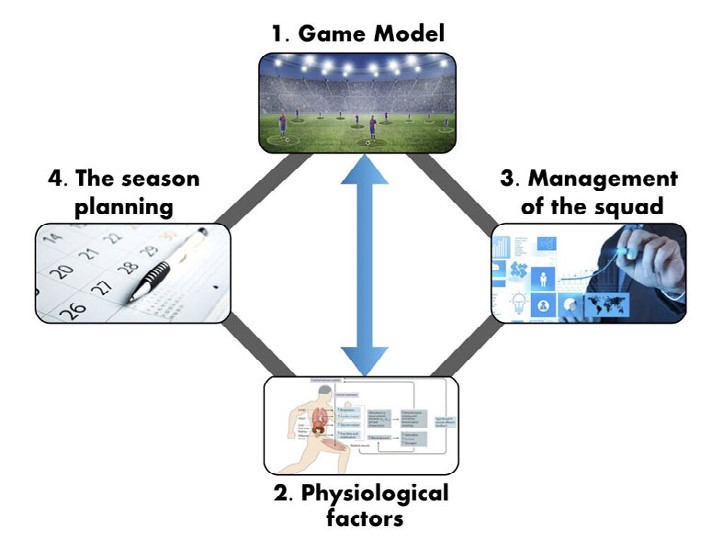
Figure 1: Steps when designing a weekly plan
Examples of Weekly plans
This is the weekly plan that is presented in the eBook.
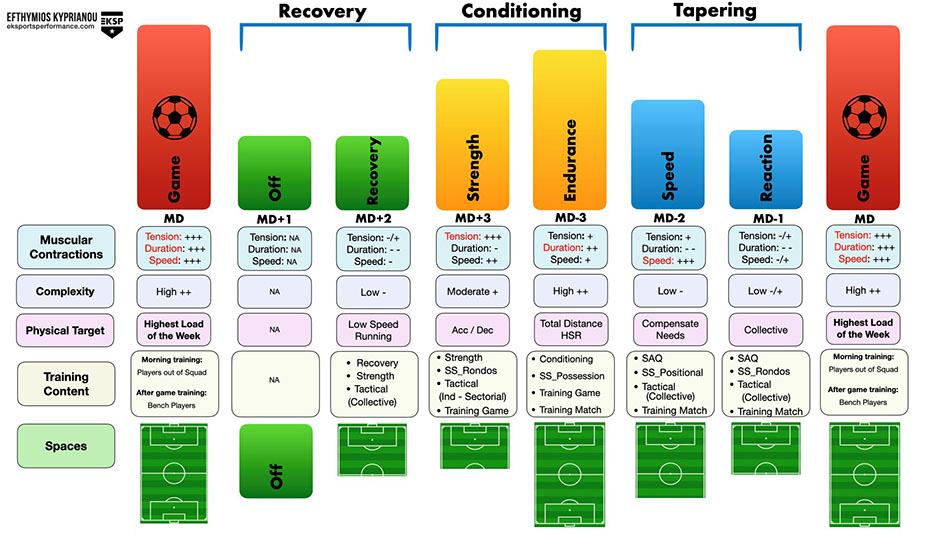
Figure 2: One game per week (normal structure)

Figure 3: One game per week (recovery day alternative)
The first thing we get asked a lot is why we set a day off the day after a game and then a recovery day. There are 2 options: First, MD+1 Day Off and MD+2 Recovery or vice versa. Both ways are correct. The only difference is, when you do Recovery MD+2, you could do more work with the ball on the pitch, correcting tactical mistakes (difficult to do that on MD+1). A lot of coaches give a day off after the game for psychological purposes. Do not forget the max concentration level approach.
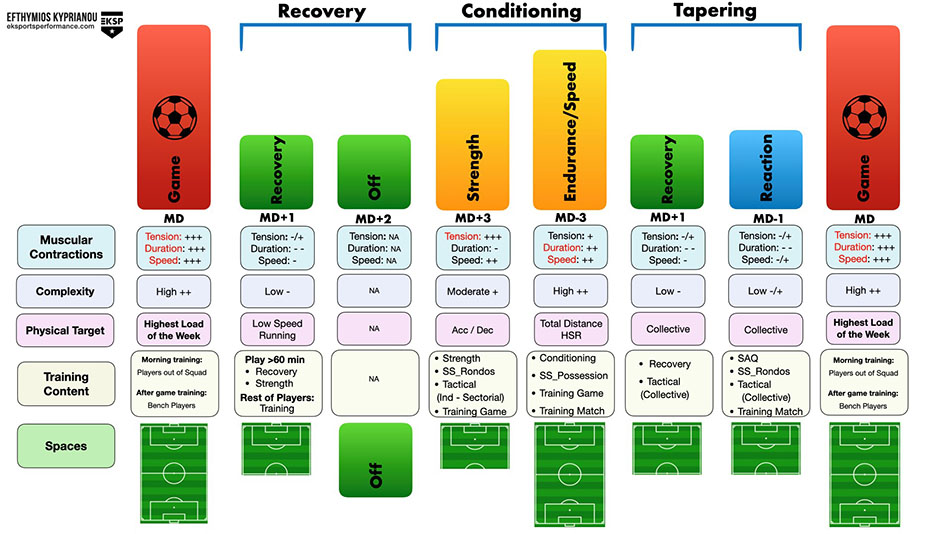
Figure 4, One game per week (MD-2 modification)
The next question we get is: What about the total load of the week? How can we have a conditioning block (Strength & Endurance) and straight after have a Speed day?
- First of all, just to make something clear; when we speak about Speed day, we refer to Speed of Play.
- Secondly, our target is to overload a different physical component and energy system every day providing sufficient recovery time in between. All these training days have their own training load (there is not one peak during the week, every day is the relevant peak!).
- We have the physical target of max speed, in terms of players’ collective total work until that day; having our weekly targets for zone 6 volume/intensity, we monitor the two conditioning days and we compensate speed work if needed, preferably after the session.
- From our experience, a similar model that can work is having a combination of Endurance/Speed session as MD-3 and a Recovery as MD-2. You could use that option when you want to unload your players or change your normal routine. This can also work for semi-professional teams, as the Recovery MD-2 can be also a day off.
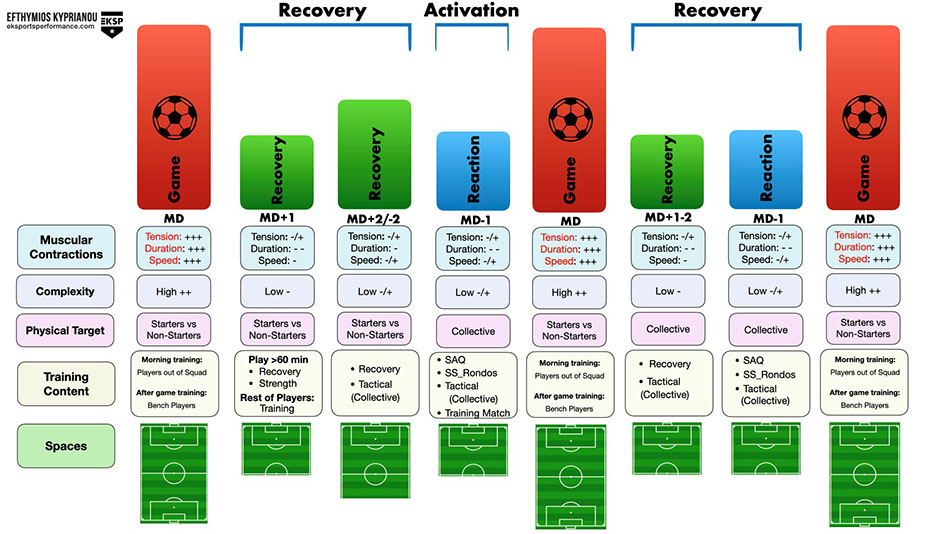
Figure 5: Two games per week (normal structure)
- The last scenario is having two games per week (Cup or European game). Personally, when we have this scenario, we prefer to concentrate on the recovery process during the week. Focus on how to have our squad fresh and ready for the next game. A tip here from our side, it would be to work with all the players individually, as each player’s recovery curve and needs are different. The challenging part here is what we should do with the players that are out of the squad for the game or were bench players.
- Players that are out of the squad can train normally on game day in the morning, trying to replicate some of the game volume and intensity. They can train also the day after the game with the bench players.
- Bench players can do conditioning work straight after the game. We know you will say sometimes it’s not practical or feasible, however this is the ideal and what our players have to be used to do! The day after the game, depending on the minutes they play, they train with the players that were out of the squad.
- If you have consecutive weeks with two games per week, after the first game of the week you can do a recovery or training and give a day off to the whole team the next day
We hope this post will be useful and answer to all the possible questions. Do not forget, as always, keep it simple!
Article Co-Author
Francesco Farioli is an Italian Football Coach, with a philosophy degree. He started working as Goalkeeping Coach in youth and semiprofessional clubs in Italy, before becoming the youngest GK Coach ever in the Italian professional football at the age of 25. After he has joined Aspire Academy and Qatar National Team for two years, before going back at the age of 28 to Italian Serie A with Benevento (goalkeeper Brignoli’s head goal against AC Milan). This season he is working with Sassuolo Calcio (Serie A) in the Roberto De Zerbi’s Staff.




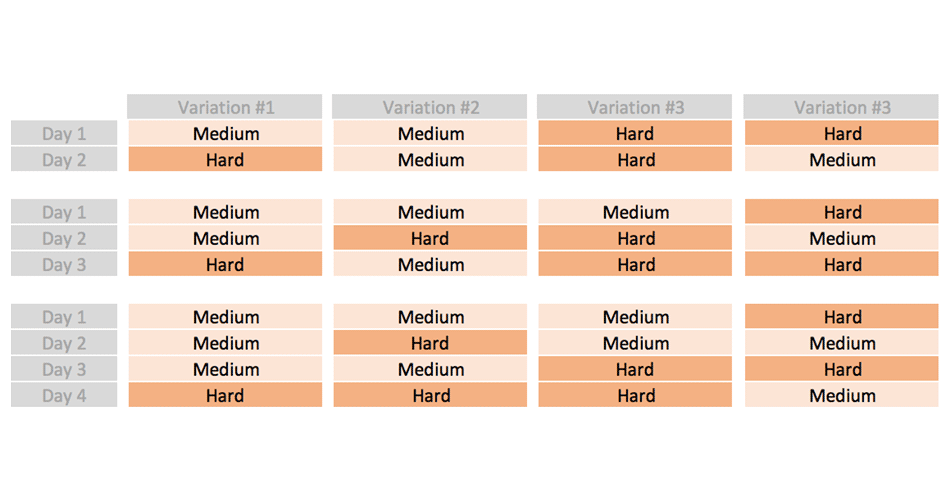






Responses